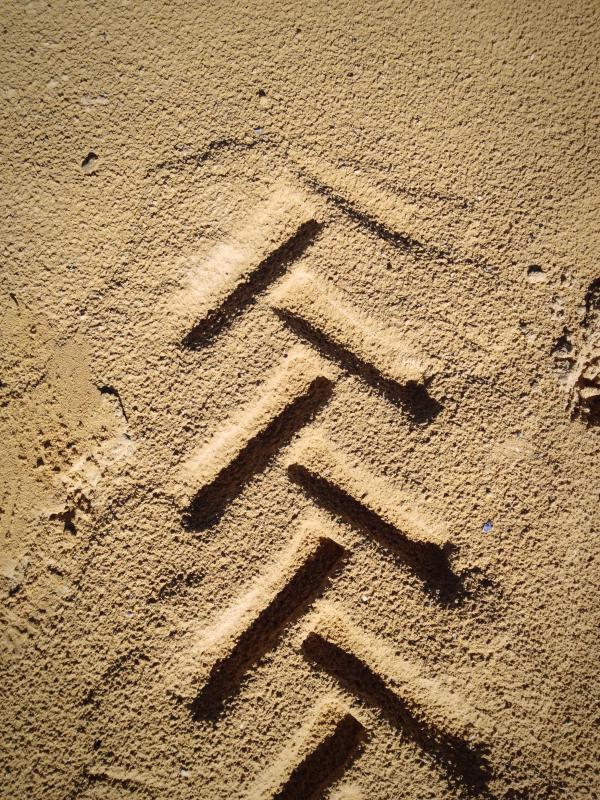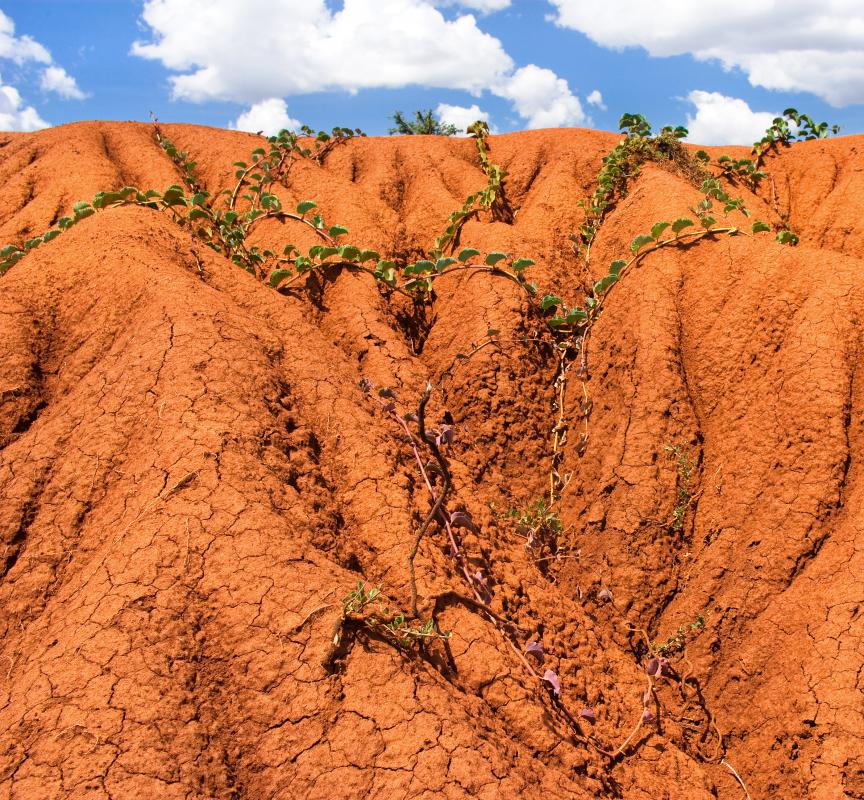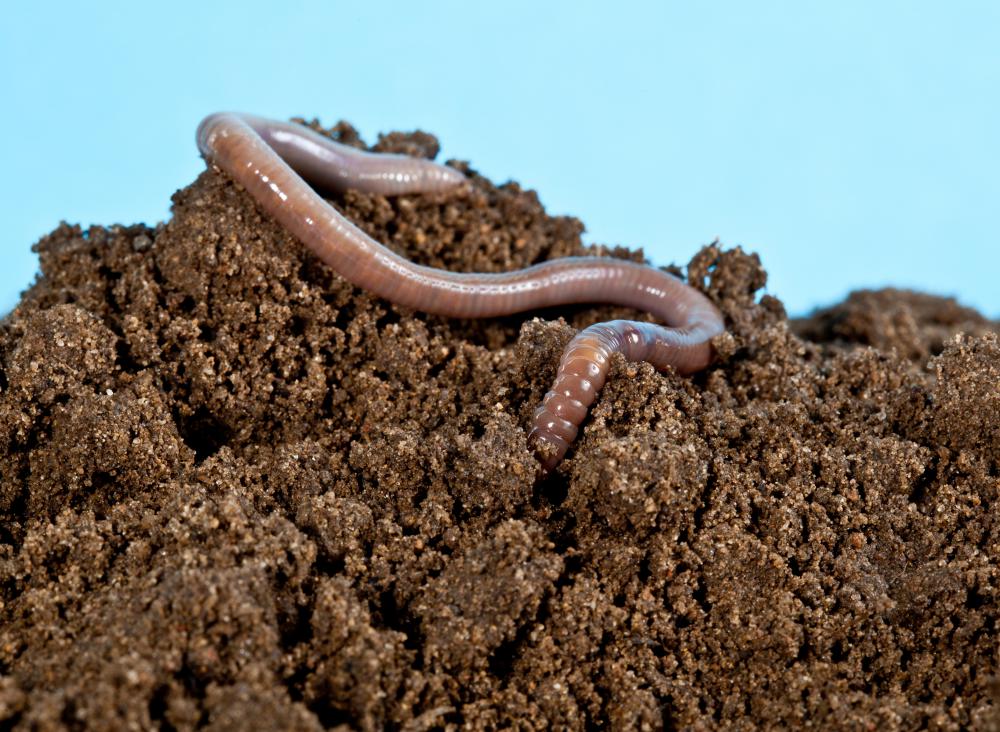At HomeQuestionsAnswered, we're committed to delivering accurate, trustworthy information. Our expert-authored content is rigorously fact-checked and sourced from credible authorities. Discover how we uphold the highest standards in providing you with reliable knowledge.
What are the Different Types of Soil?
Soil is a broad term for the loose covering of earth that spreads across the planet. It is the result of the breaking up of rocks into constituent parts, which are then worked upon by a myriad of forces, including chemical interactions with salts and the physical workings of wind and water. Soil as a whole entity contains examples of three states of matter: the soil itself is solid, and both air and liquid exist in the pore spaces between individual particles of soil. There are many different types of soil on the planet, as every soil has a different composition of minerals and organics, and every soil has been subjected to different environmental constraints.
There are six main types of soil usually discussed in agriculture and basic soil science, distinguished by the size of the particle matter that makes up the soil. One of the types of soil, and the type with the largest particles, is sandy soil. Sandy soil is usually made up of granules of mineral and rock, and it has quite a bit of grit to it, and large spaces between particles, allowing for easy flow of water and minerals.

Clay soil is another of the types of soil, but clay has incredibly small particles. This means that clay has little space between individual particles, allowing for virtually no drainage. For this reason, clay soil is bad for growing things in, because water tends to not be able to escape, and it is difficult for root systems to break through the clay layer. Clay soils tend to be much older than sandy soils, since it makes many, many years for rock particles to break down to be small enough to form clay.

Silty soil is one of the most fertile of the many types of soil, with rich nutrients and good drainage. It is slightly smaller in size than sandy soil, but otherwise is very similar in composition, albeit with more nutrients and minerals. Silty soil is generally quite dark and pungent, and is excellent for planting almost anything.
Loamy soil is actually made up of a few different types of soil, with varying amounts of clay soil, silty soil, and sandy soil mixed together. Loamy soil holds water well because of the heavy grittiness given from the sand, has exceptional drainage so that the water doesn’t build up too much and rot plant roots, and is nutrient rich. Loamy soil is the ideal soil for gardening, and wide ranges of loam can be found at most supply stores.

Two other types of soil, chalky and peaty soils, aren’t particularly good for easy growing, but are found throughout the world. Chalky soils are extremely alkaline, and usually have stones of varying size mixed in with them. Chalky soil stops plants from uptaking important minerals, and dries out very easily, making it less than ideal for planting. Peaty soils are high in organic matter, usually with large amounts of dead plants in them, but the organic matter is unable to decompose fully because of a high acid content in the soil. Peaty soil isn’t particularly rich in nutrients, but if well handled can actually be an excellent soil for planting.
AS FEATURED ON:
AS FEATURED ON:















Discussion Comments
@ Fiorite- You can find all types of potting soil at your local garden supply store, but I like to make my own soil mixtures. The type of mix depends on the soil that your plants like, but if you are having trouble getting oxygen to the roots, you might just need something a little loamier.
Here is a mix that I use for most of my houseplants and it works well. I use equal parts top soil (nutrient rich), small volcanic rock (porous), earthworm castings (Neutral pH and Nutrient rich), coconut husk (sterile and nutrients), and spent mushroom compost (Potassium and Phosphorous). I add a little bone meal for nitrogen, and a touch of sand for weight. The soil mix stays airy, is mildly fertilized, and holds moisture well. The soil mix is also organic, so it is great for planting edibles.
So if loamy soils are one of the best types of soil for plants, how do I get a loamy type soil? I always have the problem where my soil in my houseplants gets hard and compacted, making my plants look sickly.
I never knew there was this much to know about soil. This article is great. Now if I could only find a good soil mix for my houseplants.
This article is so great. It is simple and to the point. I only thought that there were 5 types of soils and I never knew that it had alkaline and acid based soils, and therefore this article was very beneficial to me. *Keep posting wonderful articles like this one!* Thanks a lot!
Post your comments